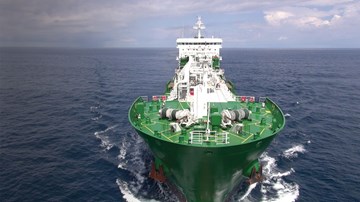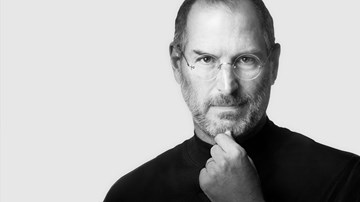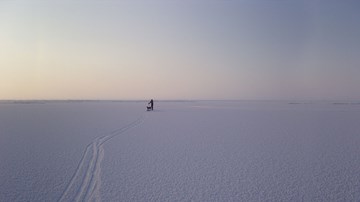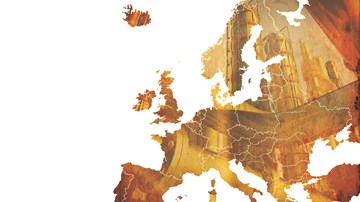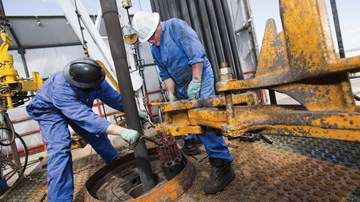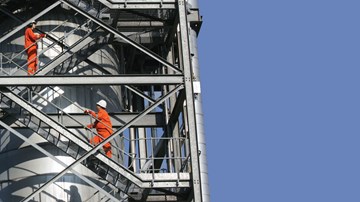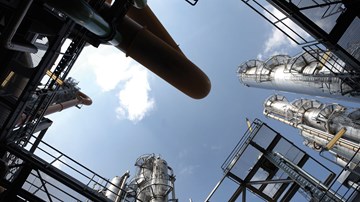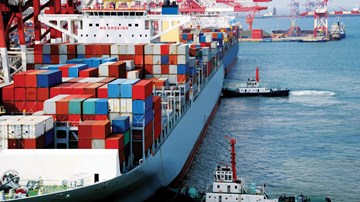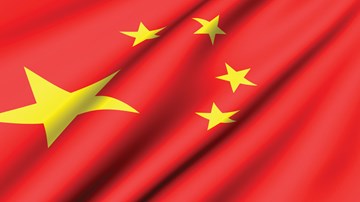When great minds think alike, unbelievable things can happen, as INCH discovered when it looked for evidence of entrepreneurship at work in INEOS.
Eleanor Roosevelt said the future belonged to those who believed in the beauty of their dreams.
It also belongs to those who are prepared to challenge the present.
At INEOS, that is an approach which is actively encouraged, celebrated and rewarded. It wants to empower its people so that they see opportunities to run the business better – from wherever they are sitting – and have the drive to make the change happen.
In 2009, during the worst global recession in decades, INEOS did exactly that. It saw an opportunity, moved fast with a clear strategic vision and wrote a new chapter in the history of European petrochemicals.
“It was a game-changer,” said Bill Reid, business director for Olefins & Polymers Europe (North).
Demand in Europe had been shrinking fast, profits were plummeting, Europe’s crackers were closing, and INEOS’ main competitor went bust. To make matters worse, the gulf between energy and feedstock prices in Europe and America was beginning to widen as the US found a way to unlock vast reserves of previously untapped gas, from shale.
“They were arguably the darkest of days for our business, as they were for manufacturing generally,” said Bill.
Desperate times, though, call for radical thinking.
INEOS decided if it could not do anything to drive down Europe’s crippling energy costs, it would ship America’s cheap shale-derived ethane gas to Europe to help reduce its operating costs and maintain a competitive, global olefins and polymers business.
The plan worked. In 2012 INEOS managed to complete a seemingly impossible sequence of deals to finally secure, 15-year contracts with the three companies that would be responsible for the drilling, distributing, liquefying and delivering hundreds of thousands of tons of ethane every year from America to Norway and Scotland. It also began building a gas storage tank and terminal at its Olefins & Polymers plant in Rafnes.
When the shipments start arriving at Rafnes next year, INEOS will be the first petrochemical company in Europe to import cheap gas from the US and receive the competitive advantage of ‘shale economics’.
“No one had thought to do this,” said Gerd Franken, CEO of Olefins & Polymers Europe (North).
INEOS’ Grangemouth site in Scotland in the UK will also see the benefits of such entrepreneurial thinking when Britain starts to take delivery of US shale-derived gas from 2016 to supplement declining North Sea feedstocks. The £300 million investment in a new import terminal incorporating a 40-metre high ethane tank, capable of holding 33,000 tons of ethane, will help to turn a loss-making site into a profitable site.
Such entrepreneurial thinking is embedded in INEOS’ culture. Employees don’t just want to make a living; they want to make a difference. And, more importantly, they believe they can.
Overcoming obstacles, seeing new ways of working, thinking laterally, and regularly challenging the status quo are all in a day’s work at INEOS.
The company’s entrepreneurial spirit is there too in its approach to acquisitions, its strategic vision and its ability to make critical decisions quickly.
From the top down, INEOS encourages everyone to not just see problems, solutions and opportunities, but to come up with ideas to do something about them, as INCH discovered.


